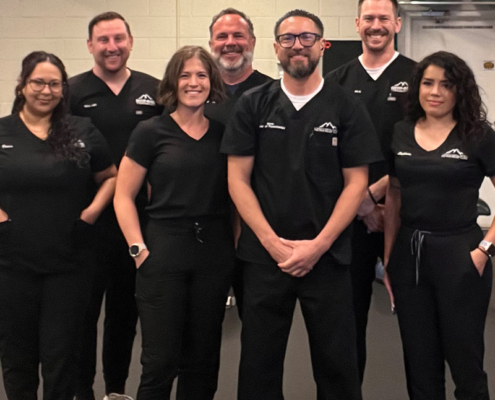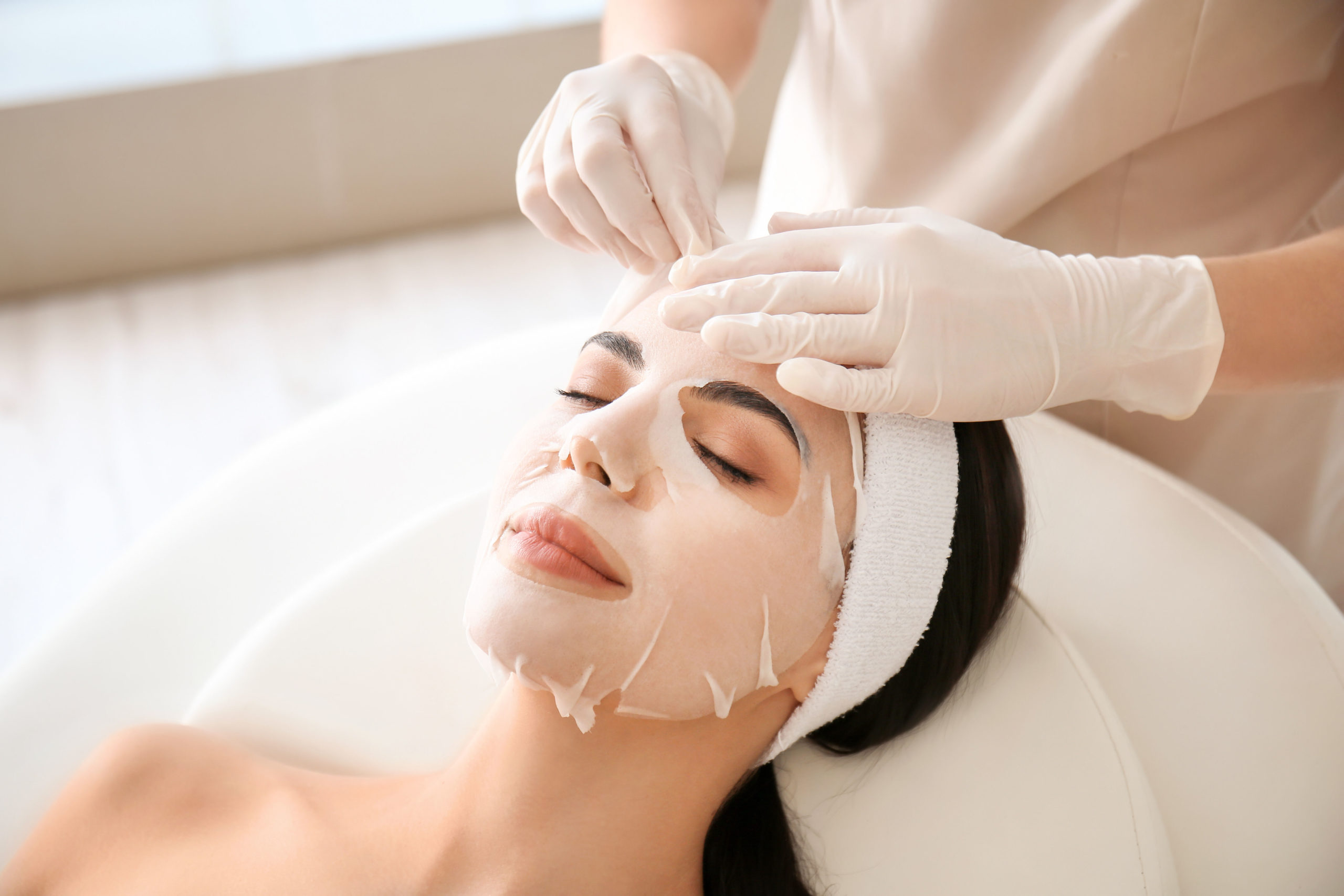Physical rehabilitation is a crucial process for recovering from injuries, surgeries, or chronic conditions. It involves a structured program of exercises and therapies aimed at restoring physical function, improving mobility, and reducing pain. Whether you're recovering from a sports injury, a surgery, or a medical condition, undergoing physical rehabilitation can help you regain your strength and independence. In this guide, we will provide you with useful information and tips on how to make your physical rehabilitation journey as effective as possible.
Setting Goals for Your Rehabilitation
Importance of Setting Goals
- Setting specific, measurable goals can help keep you motivated throughout your rehabilitation process.
- Goals provide a clear roadmap for your progress and help you track your achievements.
- Discuss your goals with your physical therapist and healthcare team to ensure they are realistic and achievable.
Tips for Setting Goals
- Set both short-term and long-term goals to keep you focused and motivated.
- Make sure your goals are realistic and attainable within a specific timeframe.
- Celebrate small victories along the way to stay encouraged and positive.
Adhering to Your Treatment Plan
Importance of Adherence
- Consistency is key in physical rehabilitation – following your treatment plan diligently can help you achieve optimal results.
- Skipping or modifying exercises can hinder your progress and prolong your recovery time.
- Communicate any difficulties or concerns with your physical therapist to make necessary adjustments to your treatment plan.
Tips for Adhering to Your Treatment Plan
- Develop a routine and schedule your rehabilitation exercises at the same time every day to make it a habit.
- Track your progress and make notes of any improvements or challenges you encounter.
- Stay in contact with your healthcare team for guidance and support throughout your rehabilitation process.
Staying Active and Engaged
Importance of Activity
- Regular physical activity is essential for maintaining muscle strength, flexibility, and overall well-being.
- Engaging in activities you enjoy can make your rehabilitation process more enjoyable and sustainable.
- Explore different types of exercises and activities to keep your routine varied and interesting.
Tips for Staying Active and Engaged
- Find a workout buddy or join a group exercise class to stay motivated and accountable.
- Set aside time for relaxation and self-care activities to prevent burnout and fatigue.
- Challenge yourself with new exercises or activities to continue progressing in your rehabilitation journey.
Listening to Your Body
Importance of Body Awareness
- Pay attention to any pain, discomfort, or changes in your body during your rehabilitation exercises.
- Ignoring warning signs from your body can lead to further injury or setbacks in your recovery.
- Be mindful of your limits and know when to push yourself and when to take a break.
Tips for Listening to Your Body
- Practice deep breathing and mindfulness techniques to help you stay present and tuned in to your body's signals.
- Communicate openly with your healthcare team about any pain or discomfort you experience during your rehabilitation.
- Rest and allow your body time to recover in between exercise sessions to prevent overexertion.
Seeking Support and Encouragement
Importance of Support
- Having a strong support system can help you stay motivated and committed to your rehabilitation goals.
- Seeking encouragement from friends, family, or support groups can boost your morale and confidence.
- Share your progress, challenges, and victories with your loved ones to feel supported and understood.
Tips for Seeking Support and Encouragement
- Join online forums or support groups related to your specific injury or condition to connect with others who are on a similar journey.
- Express your needs and feelings to your loved ones so they can provide you with the support and encouragement you require.
- Celebrate milestones and achievements with your support system to reinforce your progress and keep you motivated.








